Verdicts on whether schemes get green light now taking average of 22 weeks – nearly double original 12 weeks target
Delays in handling applications for high-rise building projects by the new Building Safety Regulator are largely due to the outsourced processing model the organisation has adopted, the regulator has said.
Speaking to Building, Andrew Moore, head of operations, planning and building control at the Building Safety Regulator (BSR), said it was deploying increasing resources to tackle delays, claiming that wait times for applicants for building control approval were falling.
Under the terms of the Building Safety Act 2022, developers need to get approval for projects involving high-rise buildings over 18 metres from the new regulator at three separate gateway points, with the body obliged to decide remediation projects at Gateway 2 in eight weeks and new-build schemes in 12.
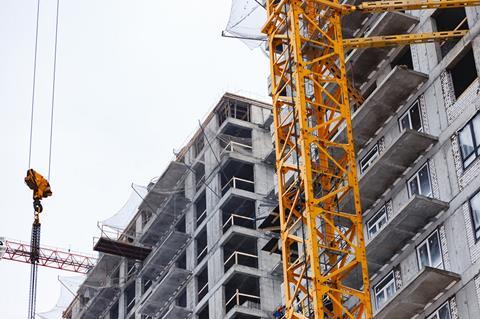
But Moore admitted the BSR was “not there yet” on meeting these statutory targets, with decisions since the start of October at Gateway 2 being made in an average of 22 weeks.
There have been growing complaints about the impact of the Gateway 2 check, which must be passed prior to construction starting on site.
Yesterday, the group which represents piling contractors warned jobs were at risk and investment decisions were being put off by its members because of the delays.
Student housing developer Unite last month said it was adding six months to the average length of build programmes because of the rules while last week consultant Project 4 published figures obtained under the Freedom of Information Act that showed 92 new build projects were currently on hold pending a decision.
Moore told Building the delays were in part due to issues with initially setting up the new regulator, as well as a high number of poor quality applications.
But he said the main cause was that the outsourced delivery model for processing applications run by the BSR was not working as well as anticipated.
He said the BSR did not employ any technical staff – such as fire engineers or registered building inspectors – in-house and therefore had to procure from the market for each application bespoke multi-disciplinary teams, known as MDTs.
He said doing this was proving difficult, given the lack of spare capacity in both the private market and local authority building control.
“The biggest cause by far at the moment of delays is getting the supply of support we need for our MDTs,” he said, adding that it was taking an average of over a month just to assemble a team – despite the “determined” support of local authority building control. Often, he said, the BSR had already nearly missed its target “by the time we get our support in place.”
He said the BSR was talking to government about the fact the MDT approach “isn’t working as we’d hoped” and whether it would be better “to have some dedicated resource within the BSR, so we can cut out delay”.
He said the regulator was discussing “if we can’t use MDTs better, what’s our plan B?”
Moore said the regulator was putting in extra resources and forming hit squads to tackle identified problems.
But Moore added that the quality of applications also needed to improve, with developers often just asserting in applications that regulations had been met and then attaching supporting documents, rather than explaining clearly how their projects meet those regulations.
“I know the industry has done a lot of work but, being totally candid, the penny hasn’t really dropped yet around what the BSR is looking for,” he said.
For the full figures from the BSR on application timeframes and a detailed analysis of the situation regarding the approval of HRB applications, see Building’s in-depth analysis tomorrow.



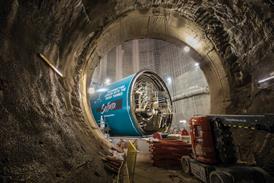








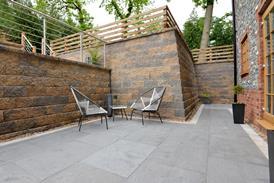


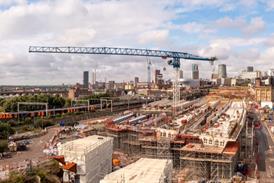
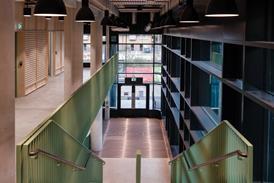








No comments yet